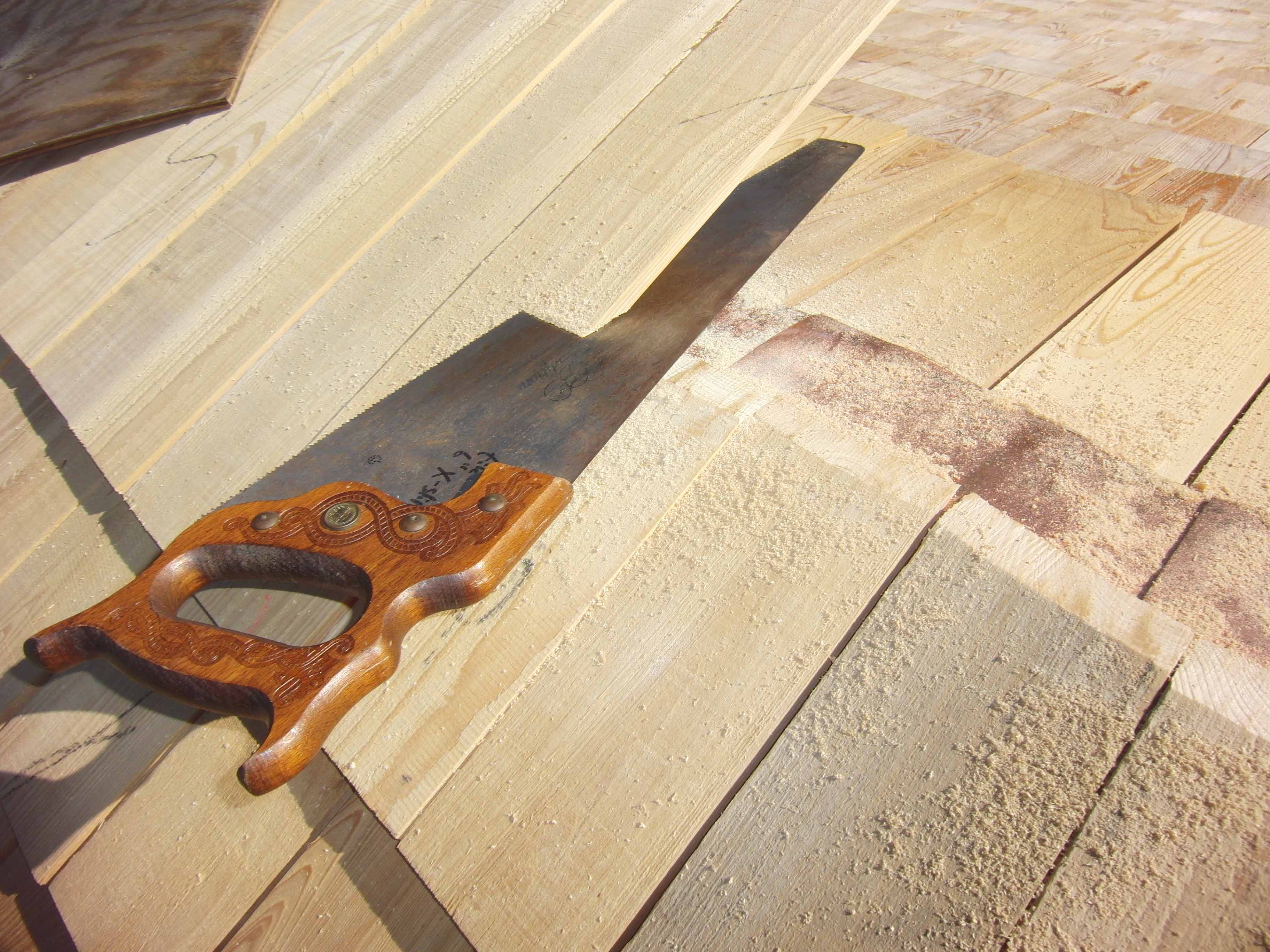I've been thinking of posting this question for awhile, and the other saw thread this morning reminded me.
Most vintage, and high-end contemporary saws have tapered plates (LN, Bad Axe), while mid-range and low-end contemporary saws have flat plates (Pax, etc.). How much of a performance difference will you actually notice while sawing that is attributable to the tapered plate?
I assume the tapered plate would allow you to use a bit less set, and that would really be the main advantage. However, when people talk about tapered plates usually a reduced tendency to bind is cited as the advantage, but reduced set would probably tend to offset that (no pun intended!).
When it comes to flat plates, it seems like there are folks out there that prefer the added stiffness of a flat plate, where I'd assume you'd need more set, resulting in a wider kerf and maybe a bit slower of a saw.
So what are your opinions about flat vs. tapered saw plates?




 Reply With Quote
Reply With Quote





 And every piece of this handrail was cut with either a handsaw, or a backsaw, with the small pieces cut while sitting on the steps to save so much up and down.
And every piece of this handrail was cut with either a handsaw, or a backsaw, with the small pieces cut while sitting on the steps to save so much up and down. 
